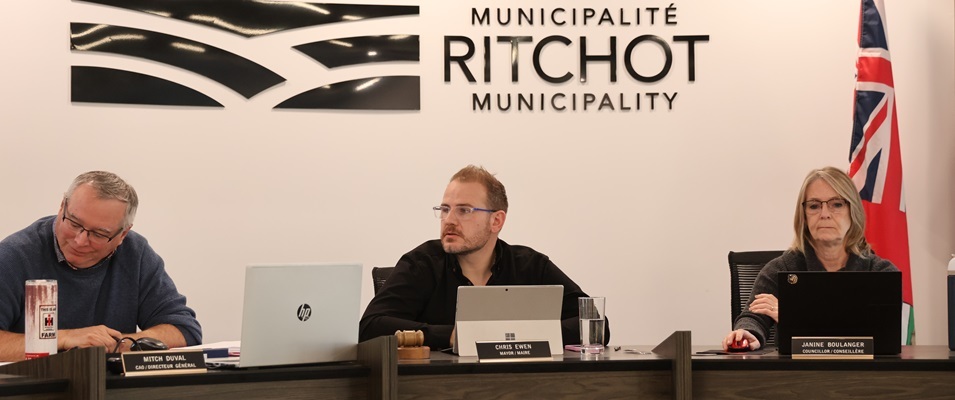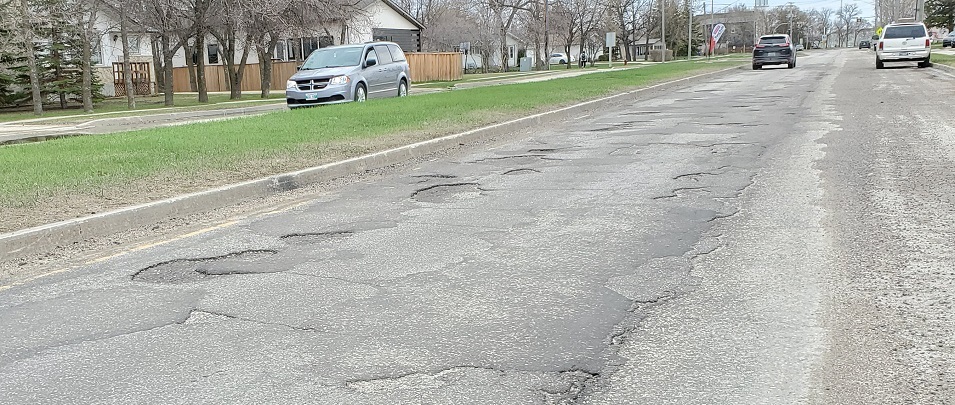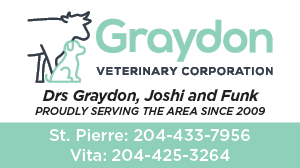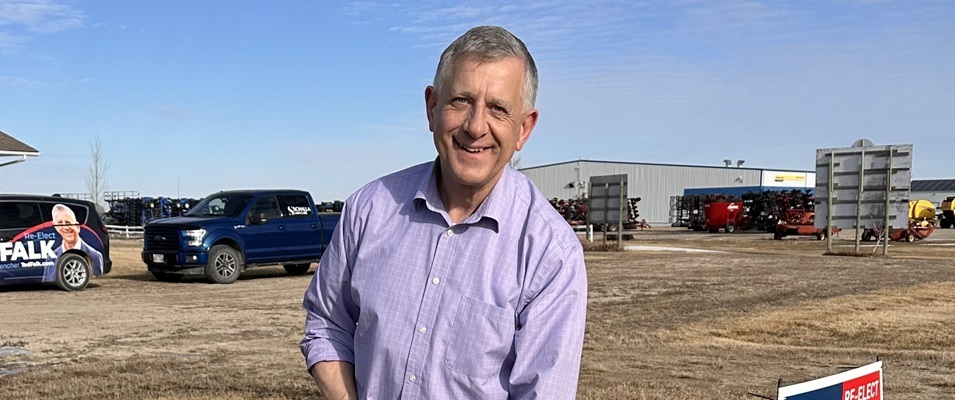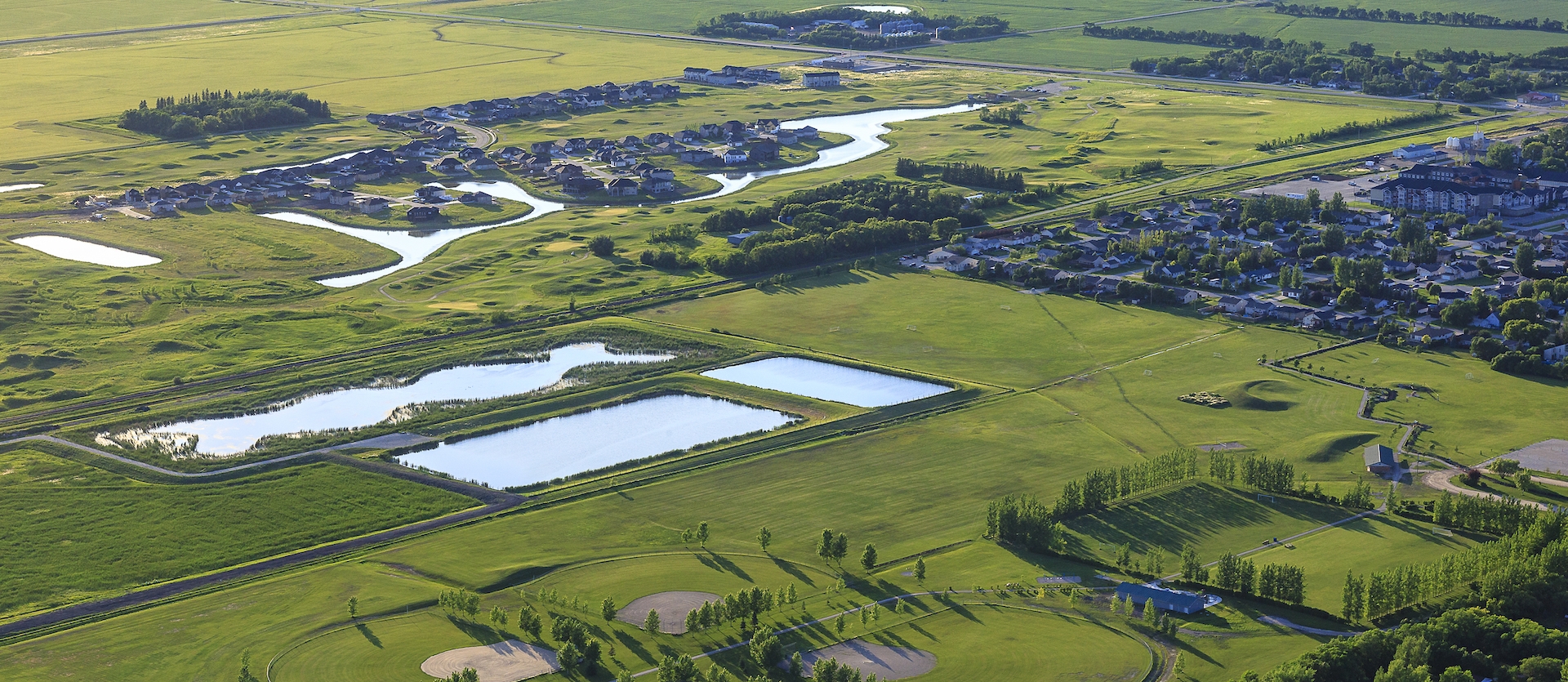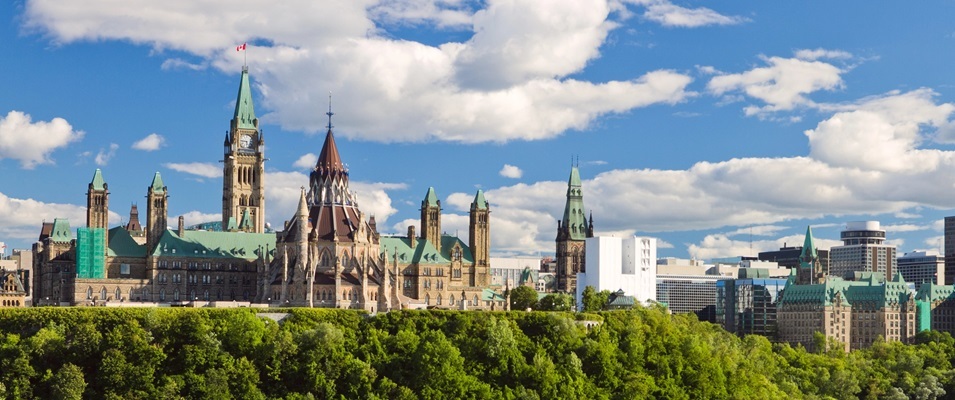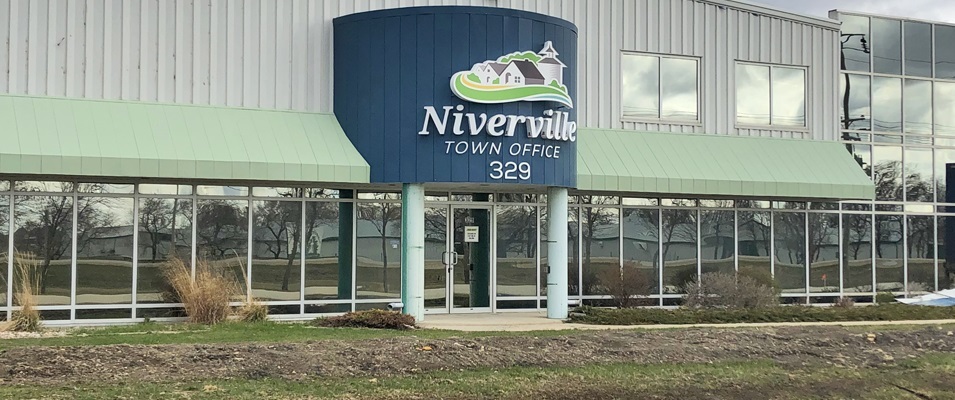
This April, Niverville officially became a member of the Winnipeg Metropolitan Region (WMR). It was not an active decision from council to do so, but rather the result of new provincial regulations mandating that the town join the regional partnership.
In general, capital regions such as the WMR are formed as collaborative bodies between a province’s capital city and the surrounding municipalities. The goal is to form networking partnerships so that local governments can work cohesively on land use planning, economic development, environmental initiatives, and many other regional concerns.
The WMR includes political constituents from Winnipeg as well as mayors, reeves, and representatives from the 18 municipalities circling its perimeter. Niverville’s representative on the WMR board is Mayor Myron Dyck.
“It still gives individual autonomy to each municipality for their own needs, but they really encourage people to look at macro projects… so that you’re truly working hand in hand as a region,” Dyck says.
So why the hesitancy on the part of the Niverville mayor and his council? It’s not for a lack of interest in networking for the collective good. Dyck says that he’s glad to be able to rub shoulders with other mayors and reeves in this way.
Neither is the hesitancy related to the additional fees the town will dole out for their membership this year.
In years past, when Niverville held a membership in the WMR, the dues ranged between $3,000 and $4,000 per year. In 2023, they will be closer to $7,000, as expected in inflationary times like these.
One of the problems, Mayor Dyck says, is the ambiguous nature of the additional costs Niverville may be faced with down the road.
Firstly, the province has indicated their intention to subsidize the WMR to keep fees down for municipalities. But Dyck says that the funding will be up for review every year.
“The province says they’d be willing to fund it on a year-by-year basis,” Dyck says. “So what if a government one day pulls the funding? Then what?”
There’s a bit of a disparity in reasoning, he says, when a provincial government can legislate that a municipality must be represented on a certain board but create for themselves a backdoor clause to end funding. This could mean higher costs for municipalities when and if the province ever does stop funding the WMR, without recourse for the represented municipalities.
These fees collected by the WMR, Dyck says, will partly cover remuneration for chairpersons and executives of the board. Mayors, reeves, and representatives receive no remuneration from the province for their participation.
As well, membership dues help subsidize the cost of projects that the WMR members vote to undertake.
“There will be different studies done so engineers and consultants will be hired for certain projects,” Dyck says. “The fees will go for things like that.”
But Dyck has other financial concerns, too, and these were cause for Niverville’s council to withdraw from the WMR years ago.
This year’s budget for the WMR is around $1 million. Considering the magnitude of costs that could be incurred on larger regional projects, it’s not a large sum.
For Dyck, there is some concern over regular cash calls for funds that council just doesn’t have.
“If the executive director is doing their job by applying for every grant under the sun, the issue is that, when that funding comes through with a requirement to match the funds, how do we budget for that?”
This is especially concerning, Dyck adds, when there’s already so many costly projects closer to home that Niverville residents would like to see happen.
At this point, he says that he’s just trying to stay optimistic. Dyck and other mayors and reeves are doing their homework, contacting leaders from other provinces to see how their capital regions function.
“We’re going in with eyes wide open and the best of intentions, but we are not just jumping in blindly,” Dyck says. “There’s work to be done.”






